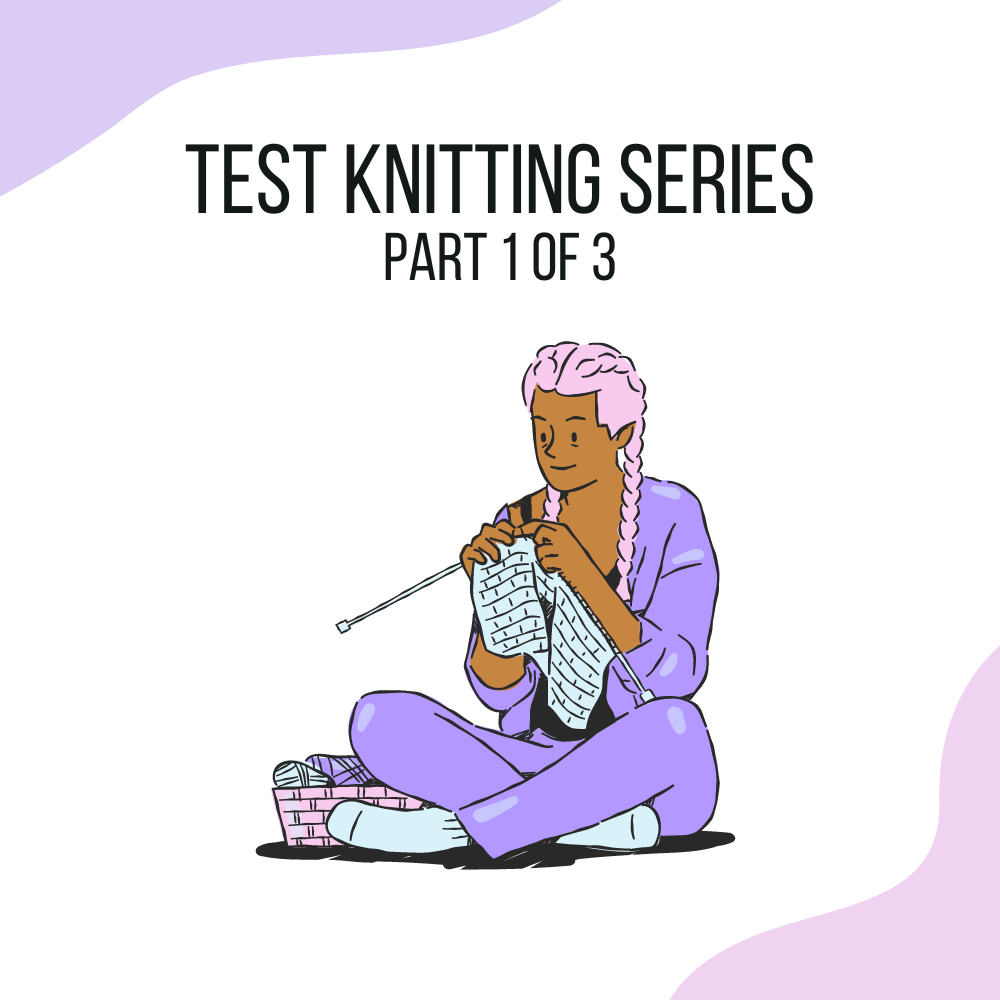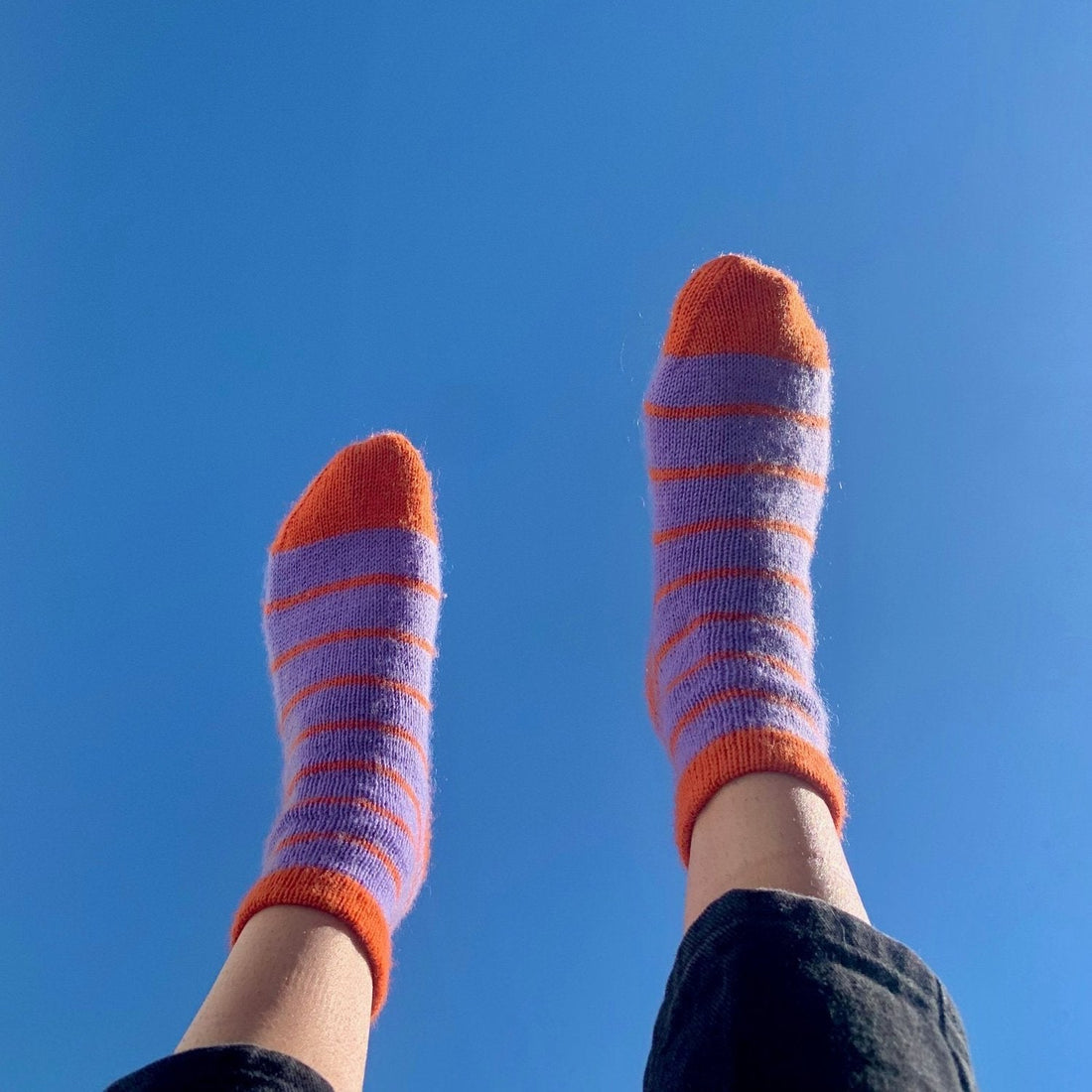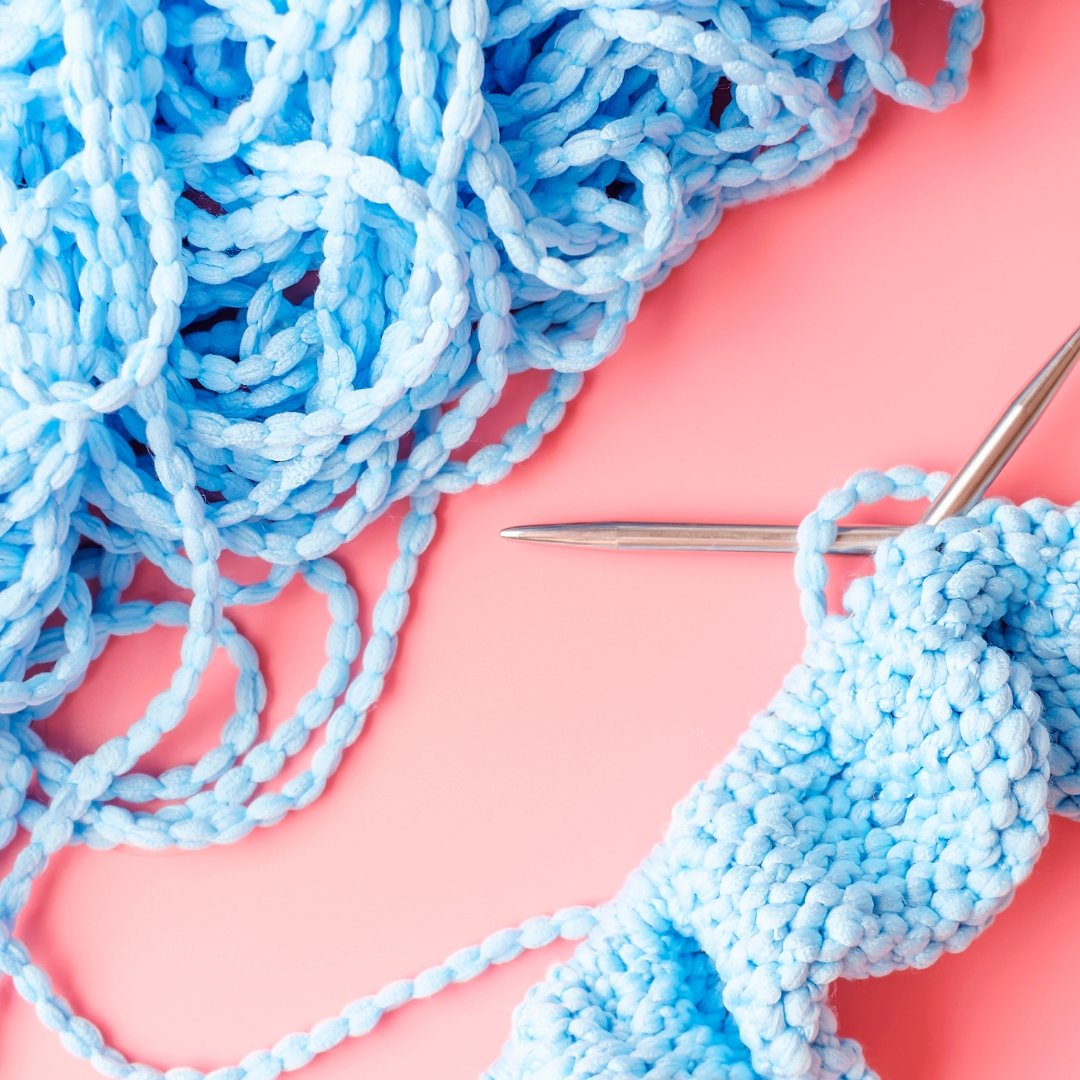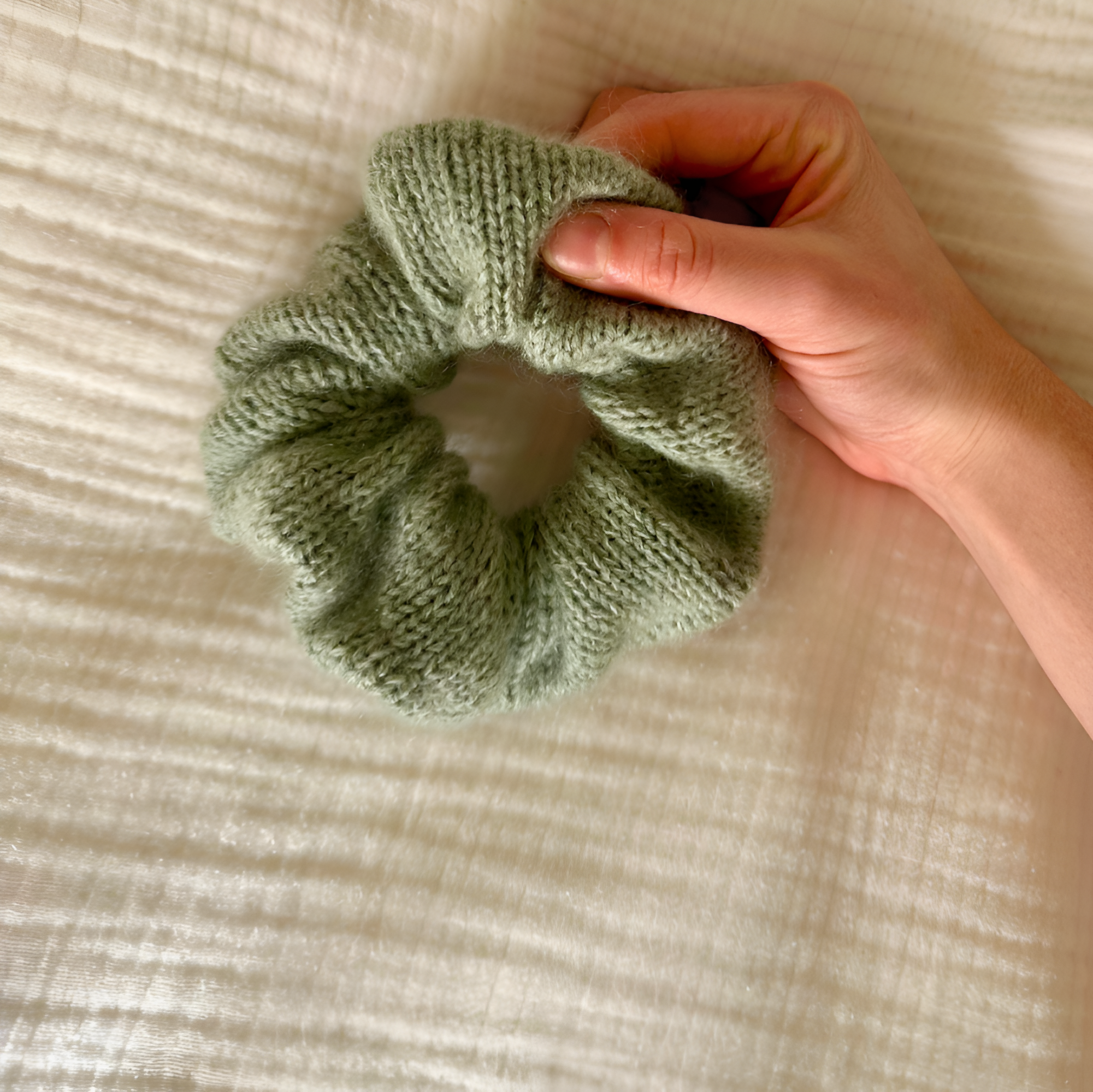Have you heard the phrase “test knitting” get thrown around a lot but aren’t quite sure what it means or what it entails? Then you’re in the perfect place. Test knitting is a unique and necessary process that helps knitting patterns become polished before they are launched into the world. Keep reading to learn more about the purpose of test knitting, what the process usually looks like, and why a knitter may want to test knit!

This post is the first in a 3 part series on test knitting! In the second post, you can learn tips for how designers can improve the test knitting process and in the third, you can learn tips to help test knitters get chosen and do an awesome job!
The Purpose of Test Knitting
This process is crucial for designers when creating a pattern. It allows the designer to have the pattern tested by knitters, ideally of varying skill levels, sizes, and locations, to ensure the pattern’s calculations are correct, it reads well, and that the finished object looks good on everyone.
Why Designers Need Test Knitters
- Catching Errors: Test knitters help find any mistakes or confusing parts in the pattern.
- Checking Fit and Sizing: They make the pattern in different sizes to make sure it looks good on everyone.
- Providing Feedback: They give the designer suggestions on how to improve the pattern.
What the Test Knitting Process Usually Looks Like
For smaller designers, the test knitting process usually gets started when they have finished drafting a pattern. Some designers may have a tech editor look over the pattern before test knitters get their hands on it, but others may not. (Working with a tech editor before starting the test knitting process may help make the test knitting process easier for testers.)
Finding Test Knitting Opportunities
Designers will put out a testing call on their Instagram, website, email list, and/or Ravelry. They will usually have an application form for interested testers to fill out that may give some details about this specific test knitting project and process. The application may ask some questions about the interested tester’s size, experience, etc.
Once the application process has concluded, the designer will contact the chosen test knitters. They will give them access to the pattern draft and ideally explain their guidelines for the test knitting process.
The Test Knitting Experience
- Knitting the Pattern: You'll receive the pattern and knit it up, following the instructions carefully.
- Giving Feedback: Once the project is finished, you'll share your thoughts with the designer, pointing out any errors or suggesting improvements.
- Submitting Photos: You might be asked by the designer to take photos of your finished project.
Overall, the process can be simple but usually requires a lot of work and communication on both the designer’s and test knitters’ ends.
The Benefits of Test Knitting
The basic perk for test knitters is that you get the pattern for free. Depending on the designer, they may offer a gift card for yarn, a discount code for their other patterns, or flat-out monetary compensation. However, most test knitting gigs are typically unpaid.
With all of this in mind though, test knitting is great not only for a free pattern, but also for learning more about pattern design. (If you're curious about designing your own patterns, check out my blog post: How to Design, Edit, and Sell Your First Knitting Pattern). It's also a great way to get involved in the knitting community, connect and make friends with other knitters, and maybe even increase your followers on knitstagram!
I hope this post helped to clarify what test knitting is and what it involves! If you are a designer who is looking for tips on how to run a successful test knitting process, you won’t want to miss next week’s post! Click here to read it. Fellow test knitters share suggestions on how designers can make their testers feel stress-free and appreciated. And if you’re a maker who is interested in test knitting, make sure to give it a read to hear what you to expect during the process!






